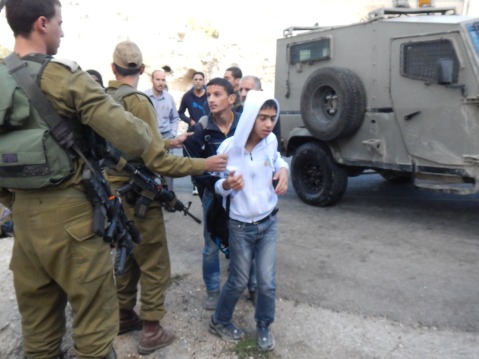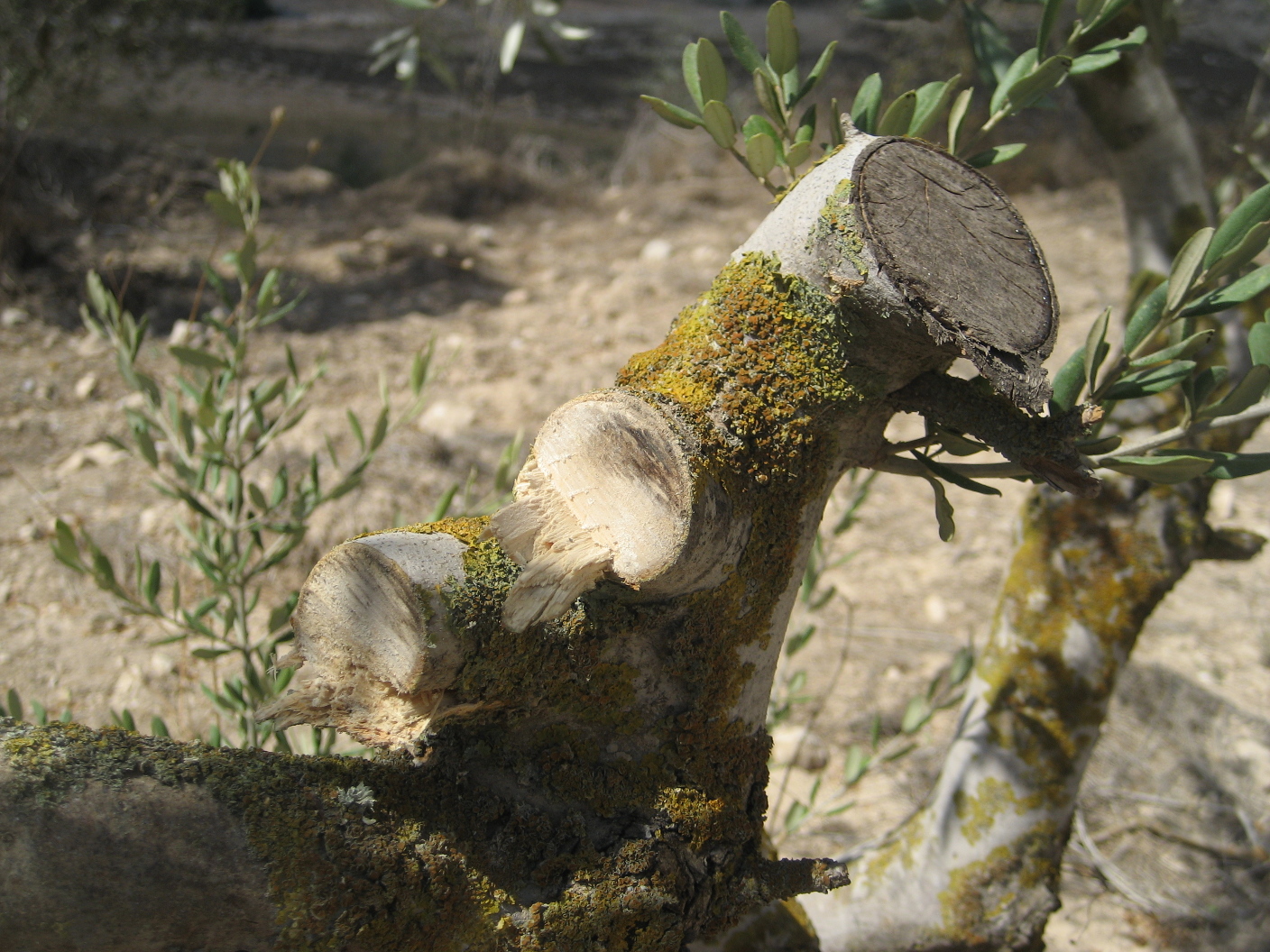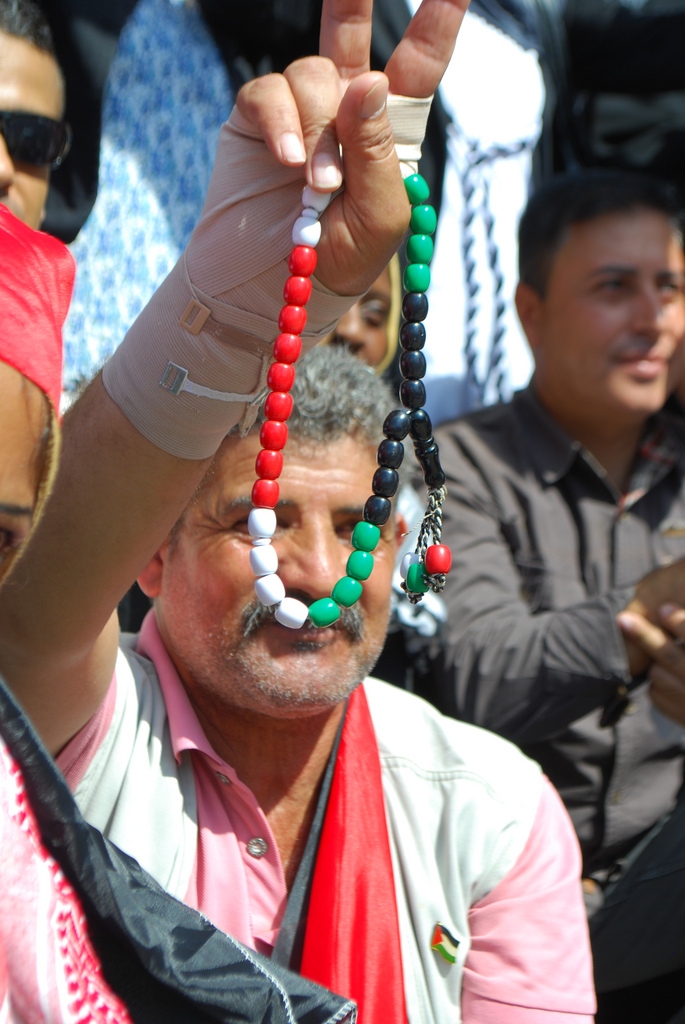Year: 2013
-
Updated: Four children arrested on their way to school
7th October 2013 | International Solidarity Movement, Khalil Team | Hebron, Occupied Palestine Update 10th October: Two of the four children are now being held in Ofer Prison in Ramallah. They have been in custody since Sunday (6/10/13) morning. More updates will be published when they are available. ******* Yesterday, Sunday the 6th of October, at 7:40…
-
Settlers steal olives from 110+ trees in Abu Huwar
7th of October | International Solidarity Movement, Team Nablus | Deir Sharaf, Occupied Palestine On the 5th of October, local farmers discovered that the olives from more than one hundred trees had been stolen, and that another ten trees had been damaged or destroyed. Abu Huwar farm, belonging to Yasser Fuqaha, Sidqi Fukaha, Mustafa Fuqaha…
-
Photos: Activists in Gaza form human chain for Palestinian detainees
5th October 2013 | International Solidarity Movement, Gaza Team | Gaza, Occupied Palestine On Thursday afternoon, Activists for Prisoners organized a human chain outside the International Committee of the Red Cross’ Gaza City office to support Palestinians detained by Israel.



